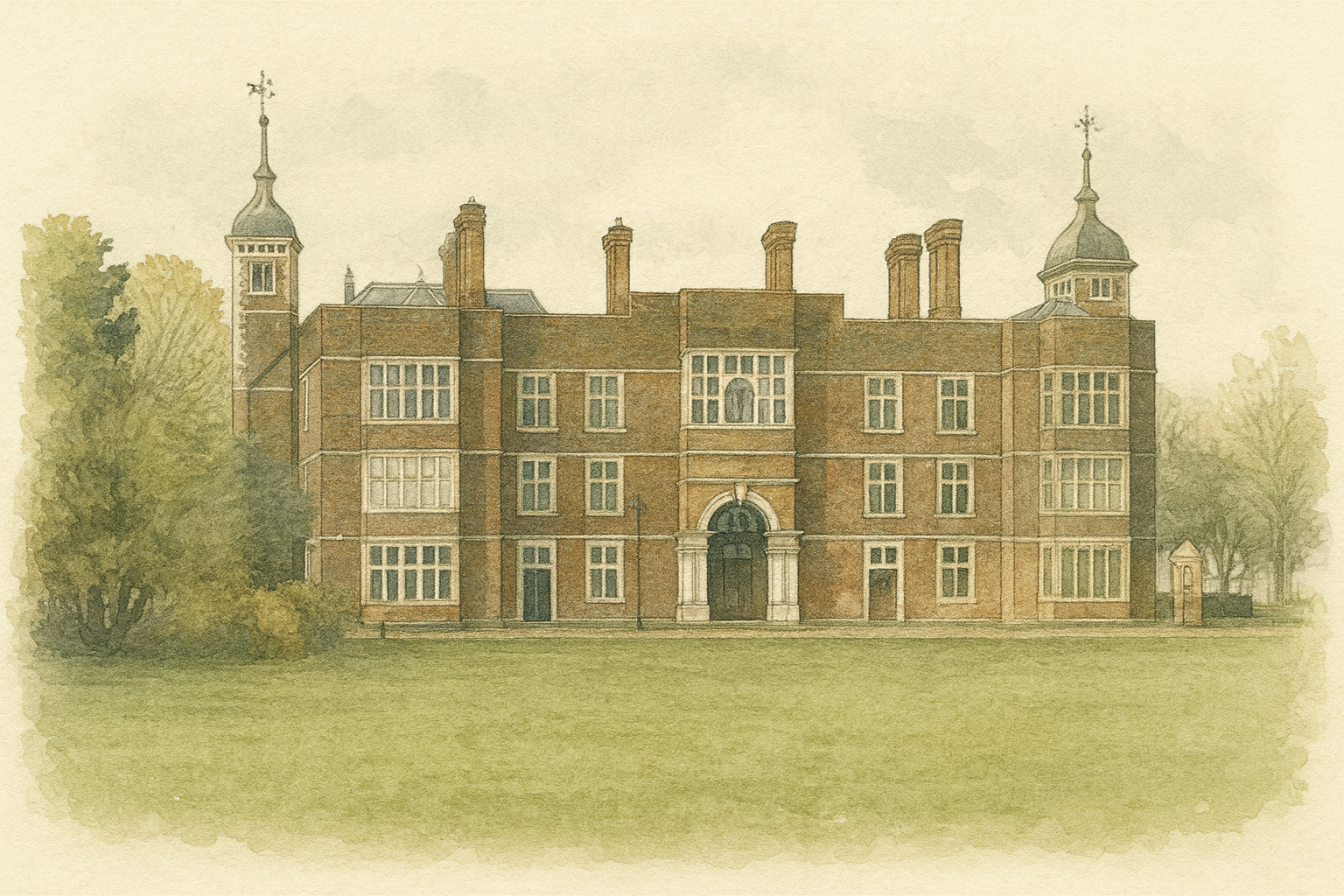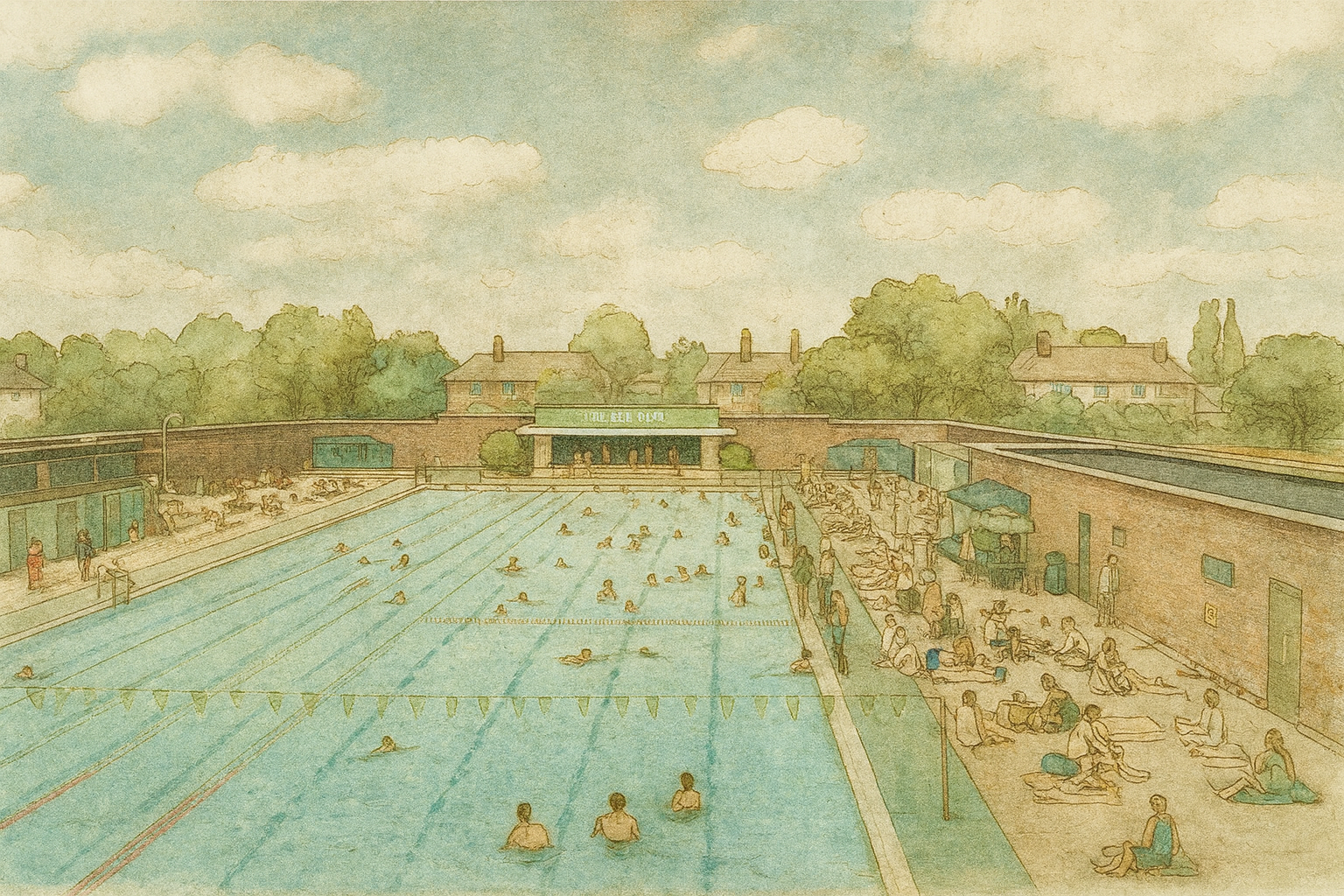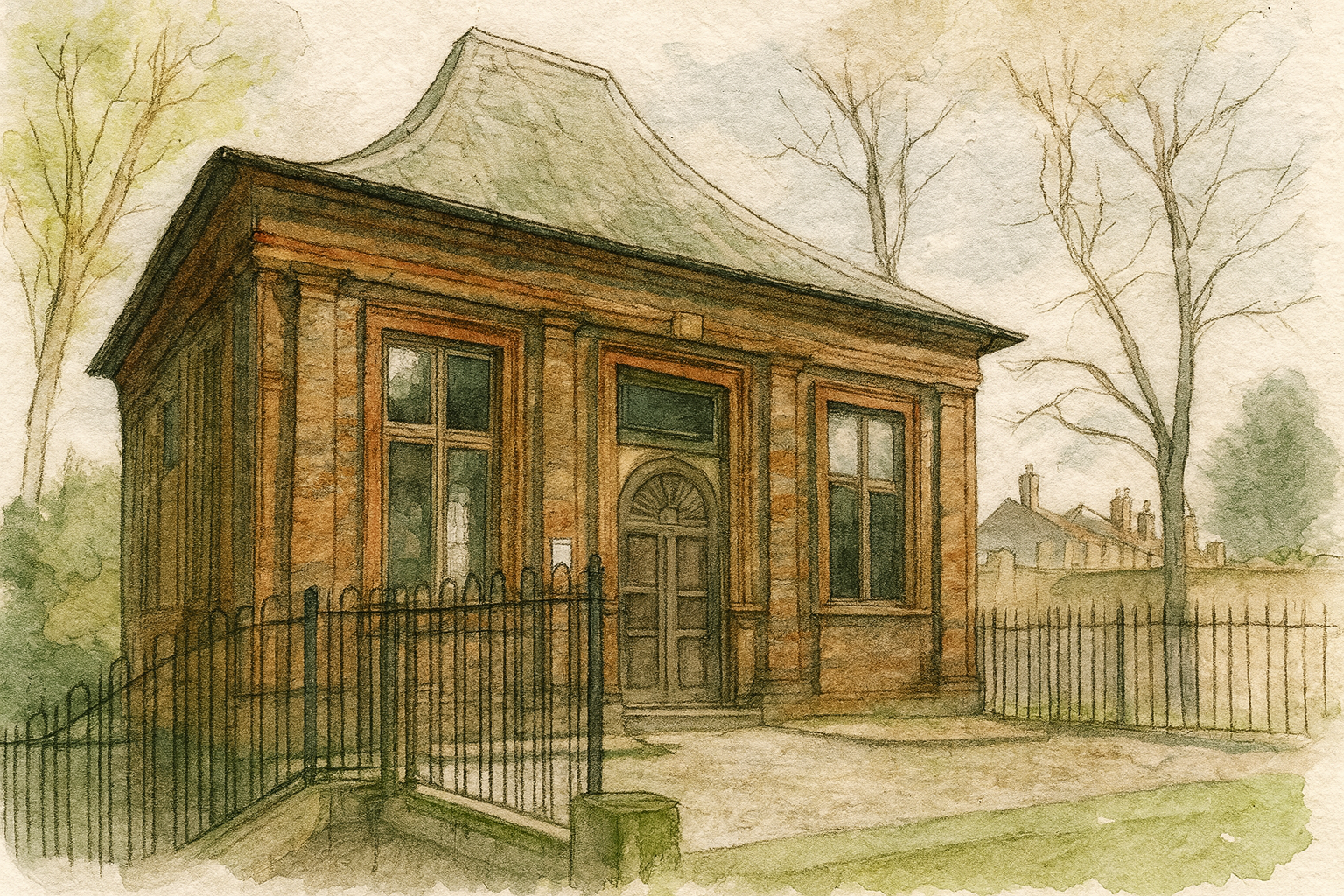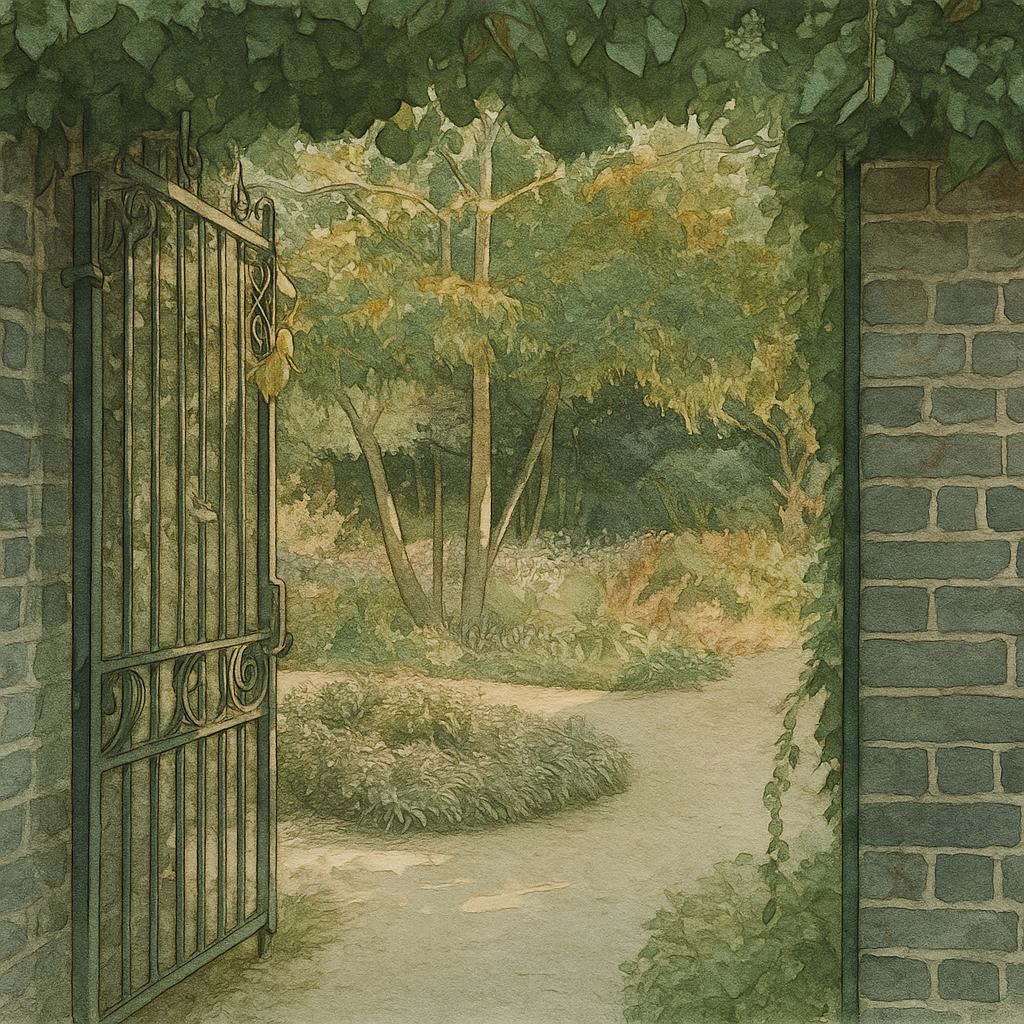Charlton, situated in the Royal Borough of Greenwich, is a riverside district that combines historic charm with modern convenience. Best known for its grand Charlton House, beautiful green spaces, and the home of Charlton Athletic Football Club, the area offers a distinctive balance of heritage and community life. With quick transport into Central London, access to the Thames Path, and a wide variety of housing options, Charlton appeals to families, commuters, and those seeking a quieter corner of South East London without compromising on connectivity.
History & Regeneration
Charlton’s history stretches back over a thousand years. The name derives from “Ceorlatun,” meaning “farmstead of the peasants” in Old English, and the area is recorded in the Domesday Book of 1086 as part of the manor of Greenwich. For centuries, Charlton was primarily agricultural, with estates and farmland dominating the landscape.
The most prominent landmark, Charlton House, was completed in 1612 for Sir Adam Newton, tutor to Prince Henry, son of King James I. It remains one of the finest examples of Jacobean architecture in London and is now a Grade I listed building, still in community use today. Surrounding it, Charlton Village developed as a small but thriving settlement.
In the 19th century, the arrival of the railway (1849) transformed Charlton from a rural hamlet into a growing suburban district. Industry also made its mark, with the nearby Thames waterfront hosting docks, shipbuilding, and gasworks. Much of the area’s working-class housing emerged during this period, particularly to serve the growing industrial workforce.
The 20th century saw significant housing expansion, with municipal estates constructed between the wars and after the Second World War to accommodate London’s population. The football club, Charlton Athletic (founded in 1905), became a source of local pride and identity, with The Valley stadium one of South London’s most iconic sporting venues.
Today, Charlton is a diverse and evolving community. While much of its industrial heritage has gone, regeneration along the riverside has brought new housing, while historic landmarks and village character remain intact. This mix of heritage and modernity makes Charlton a unique place to live.
Property Market & Architecture
Charlton’s housing market is a tapestry of different architectural styles, offering a wide spectrum of choices for buyers and renters.
Period Homes in Charlton Village: The conservation area around Charlton House and Charlton Church Lane is filled with Georgian and Victorian terraces, many with original features and a strong sense of history. These properties attract families and buyers looking for character homes with village charm.
Edwardian & 1930s Houses: Streets such as Victoria Way, Delafield Road, and Bramshot Avenue feature Edwardian family homes and 1930s semi-detached houses, valued for their larger proportions, bay windows, and gardens. These remain some of Charlton’s most desirable family properties.
Council & Post-War Estates: Large estates such as Cherry Orchard Estate and nearby developments provide affordable housing and a sense of community. Many of these homes are well-built mid-century properties, now appealing to first-time buyers priced out of neighbouring Greenwich.
Modern Developments: The Charlton Riverside Masterplan is reshaping the riverside industrial land into a major residential quarter, with thousands of new homes expected alongside parks, schools, and commercial spaces. Existing developments near the Thames already attract young professionals and investors seeking growth potential.
Each corner of Charlton offers something different: the village for history lovers, the avenues off Victoria Way for spacious family living, and the riverside for modern, urban-style apartments. We’ve advised buyers and sellers across them all and are always happy to share insights that go beyond the listings.
Charlton remains one of South East London’s more affordable alternatives compared to Greenwich, while still offering period character and access to regeneration-led opportunities. Its mix of established communities and future growth potential makes it an exciting market to watch.
Local Amenities
- Charlton House – Historic Jacobean mansion offering community events, markets, and a popular café.
The Valley – Home of Charlton Athletic FC, providing a hub for local sport and identity.
Charlton Lido & Lifestyle Club – A heated Olympic-sized outdoor pool with modern gym facilities and classes.
Annual Events & Traditions
Charlton maintains a strong community feel, centred on its village heart and vibrant local traditions.
- Horn Fair (historically held near Charlton House, now celebrated with community events).
Farmers’ markets and seasonal fairs at Charlton House.
Match days at The Valley, a cornerstone of local life.
Best Places to Eat & Drink
- The Pickwick – Traditional pub with hearty food.
The White Swan – Popular village pub with a friendly atmosphere.
Corazon – Mexican restaurant known for authentic dishes.
The Old Cottage Coffee Shop – A charming café by Charlton Park.
Royal Nepalese – Family-run restaurant offering classic Nepalese and Indian cuisine.
Museums & Parks Nearby
- Charlton Park – Large public park with sports pitches, playground, and gardens.
Maryon Park – A wooded park featured in the 1966 film Blow-Up.
Thames Path – Scenic riverside walks with views towards Canary Wharf.
Transport Links
- Rail – Charlton Station provides direct services to London Bridge, Cannon Street, Charing Cross, and Dartford.
Buses – Regular services link Charlton with North Greenwich (Jubilee Line), Greenwich, Woolwich, and Lewisham.
Cycling – Thames Path and Quietway cycle routes provide safe links into central London and nearby districts.
Roads – Easy access to the A102 Blackwall Tunnel Approach and South Circular.
Culture & Community
Charlton is a place where heritage and modern community culture meet. From the grandeur of Charlton House to the raw energy of The Valley on match days, culture here is both historic and living. Local parks host open-air cinema nights and fairs, while small independent venues offer music, art, and food markets. Its proximity to Greenwich adds world-class cultural attractions within easy reach, yet Charlton retains a more village-like, local atmosphere that residents cherish.
Schools & Education
- Cherry Orchard Primary School – Good (Ofsted).
Charlton Manor Primary School – Good (Ofsted).
Windrush Primary School – Good (Ofsted).
Greenwich Steiner School – Independent.
Royal Greenwich Trust School – Good (Ofsted).
Nearby: University of Greenwich – Higher education provider with strong reputation.
Playgrounds
- Charlton Park Playground.
Maryon Park Play Area.
Hornfair Park Playground.
Running Clubs & Fitness
- Gyms: Charlton Lido & Lifestyle Club, The Gym Group Charlton, PureGym Woolwich.
Running Clubs: GoodGym Greenwich – combines running with community volunteering.
Triathlon & Endurance Clubs: Greenwich Tritons – local triathlon club accessible from Charlton.
Parkrun: Nearest weekly parkrun is at Greenwich Park (Avery Hill).
Basketball: Courts available at Charlton Park and Maryon Park.
Charlton’s parks, lido, and proximity to the Thames Path make it a fantastic base for an active lifestyle.
Why Live in Charlton?
Charlton offers the perfect balance between historic charm, green space, and excellent value compared to neighbouring Greenwich and Blackheath. Its range of period homes, family-friendly streets, and new riverside developments appeal to a wide range of buyers. Ongoing regeneration along Charlton Riverside promises significant investment and long-term growth potential. With great schools, strong transport links, and a close-knit community feel, Charlton is increasingly seen as one of South East London’s most promising areas to buy into.
Buying, Selling & Letting Advice
Charlton is a strong market for both buyers and investors. Buyers should look to the conservation areas and the Corbett-style Edwardian houses for long-term family homes, while investors may find excellent opportunities in riverside developments. Sellers benefit from steady demand from families seeking affordability close to Greenwich. For landlords, proximity to transport links and regeneration hotspots ensures solid rental demand. At MA-Residential, we know Charlton intimately and are always happy to provide straightforward, local advice tailored to your goals.
MA-Residential, your trusted estate agent for Charlton, Shooter's Hill and SE7 homes



